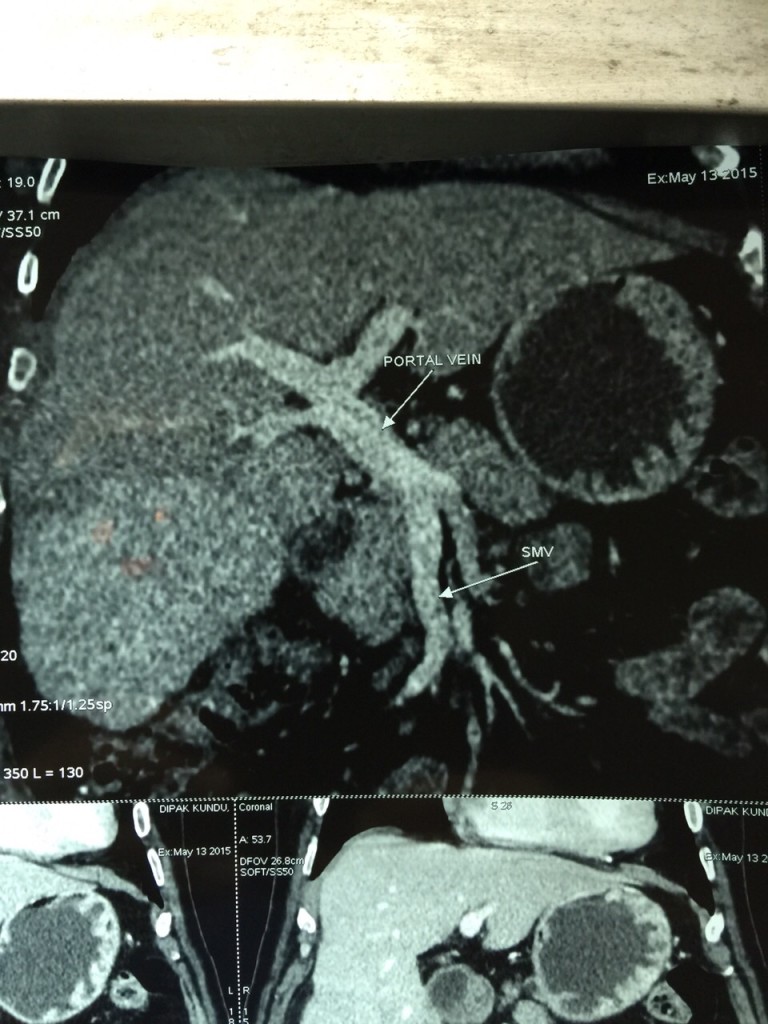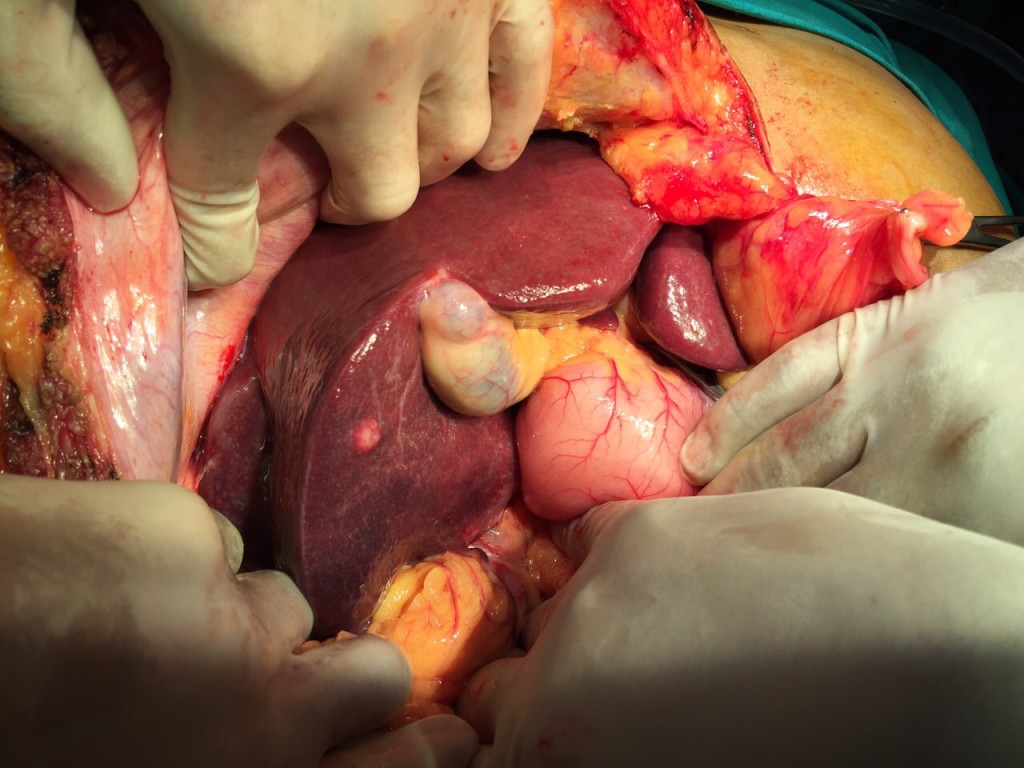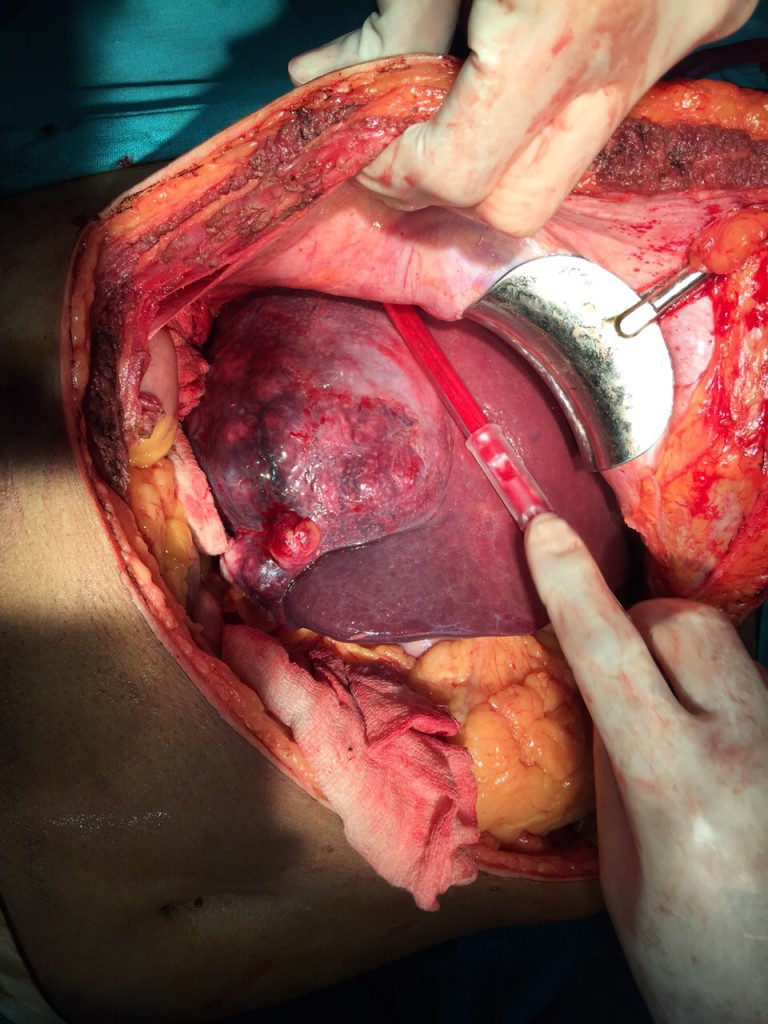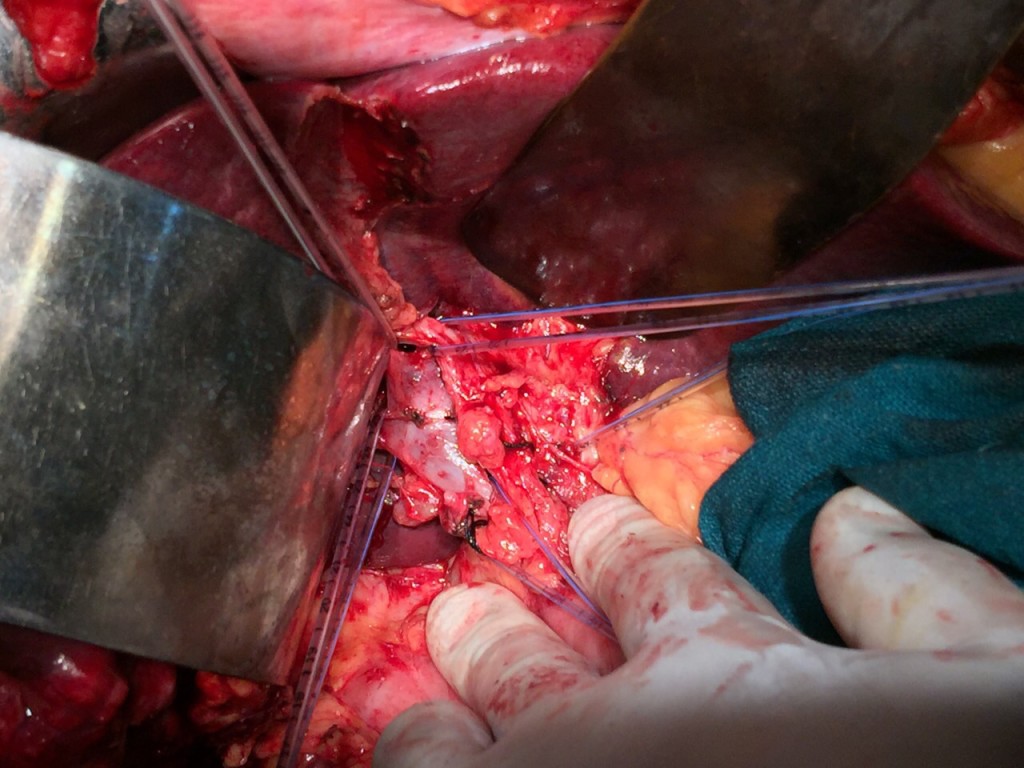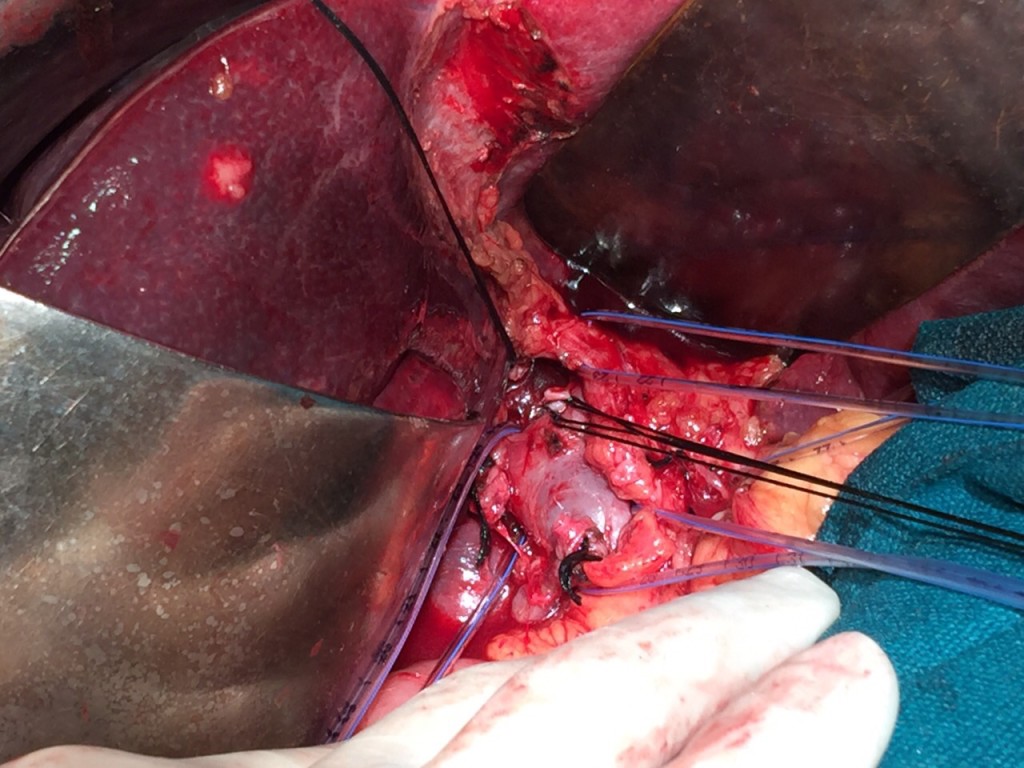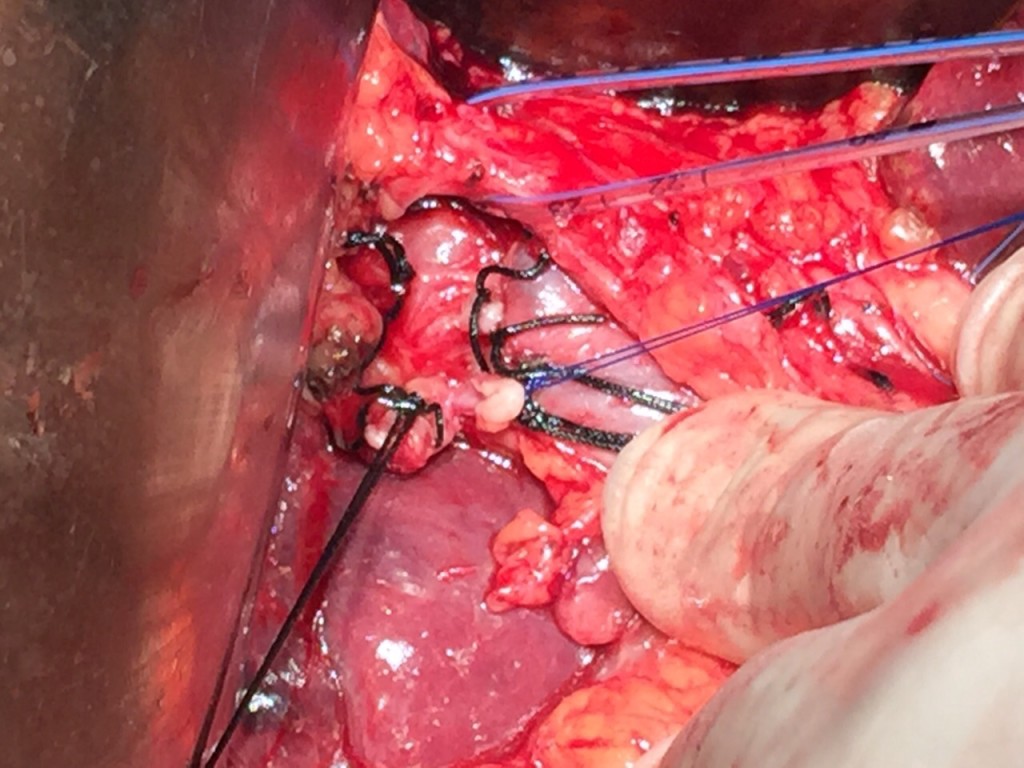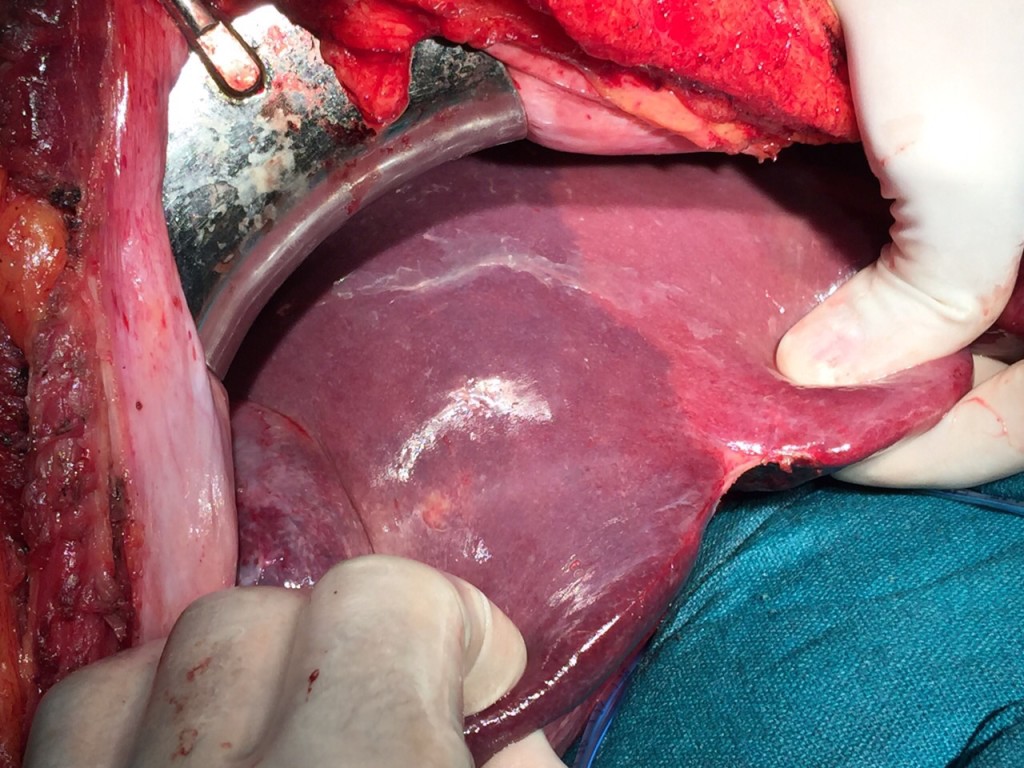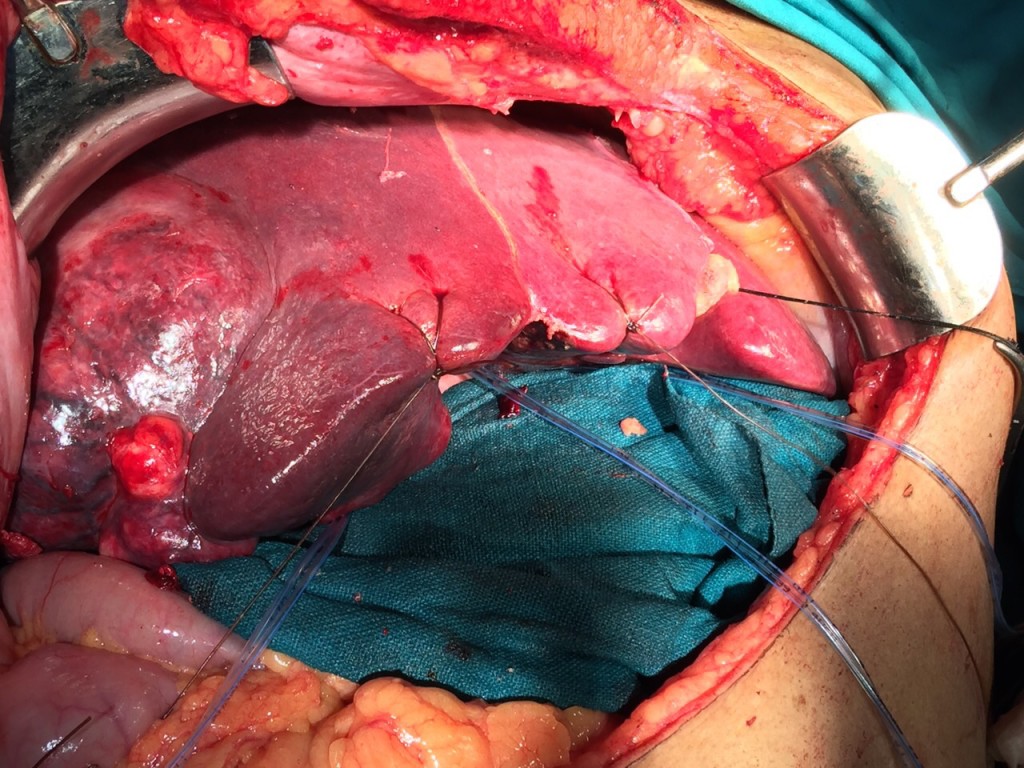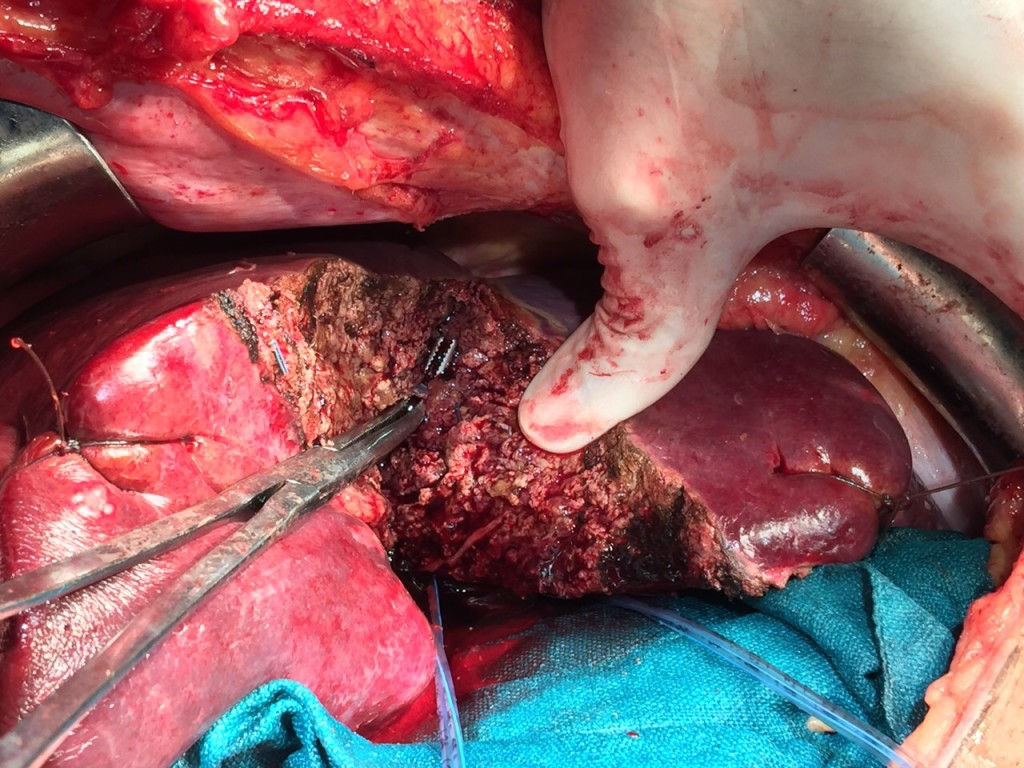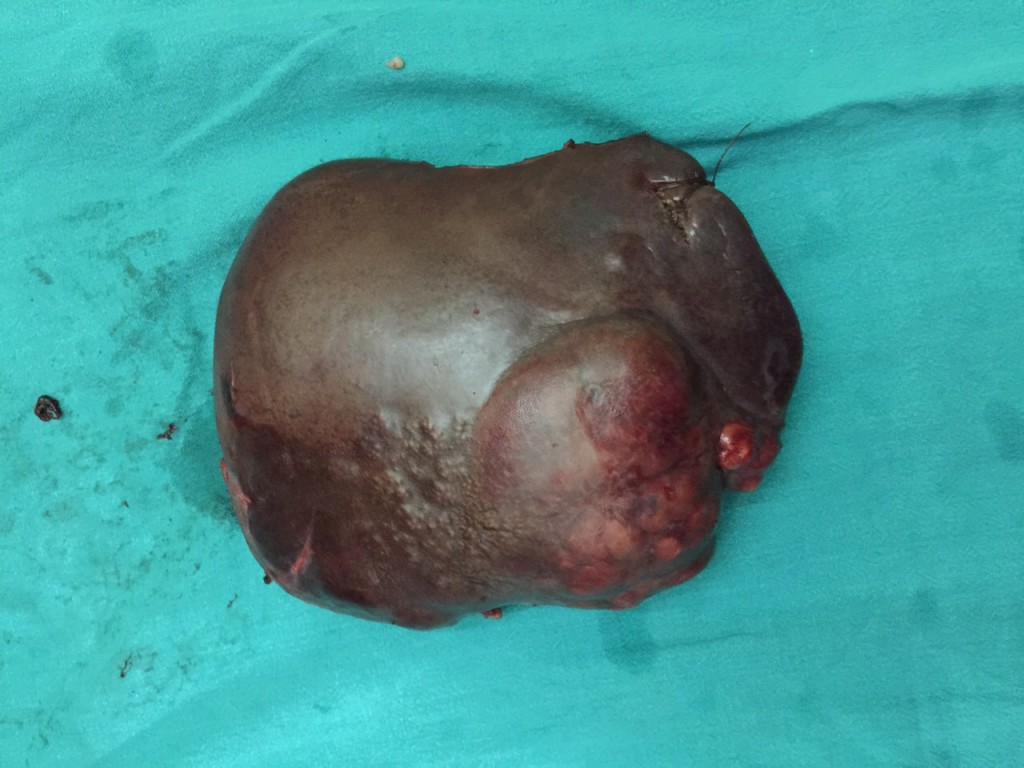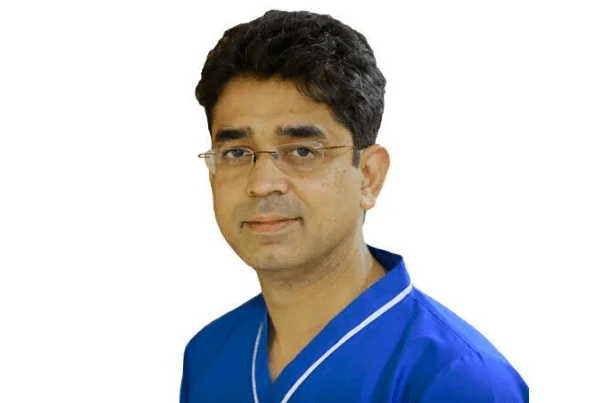Surgery for Liver Tumors- Not enigmatic anymore!
Have you known anyone who has been diagnosed with a liver tumor or cyst that needs surgery?
If you do, you would understand how difficult it is for the patient and his or her family to take decisions. Many patients who land up in our center have already visited at least two more surgeons.
So, why so much of a dilemma? Why is there so much of health shopping?
I think the reason is to do with inadequate public information in this respect. The patient and family are loaded with information about the disease, its uncertainty, the process and potential risks of surgery and lastly the daunting cost. And many of them are unable to handle the situation in its entirety and take a responsible decision.
Here, in this article, I would endeavour to give an overall and brief insight on surgery for liver tumors.
The treatment for liver tumors begins with the diagnosis. This is done with a high quality CT scan and some blood tests. The latter requires measurement of blood levels of AFP and CEA.
A CT scan will also differentiate whether the tumor arises from the liver or came from a tumor elsewhere by spread (liver is a very common organ where tumor from the body spreads). It is important to appreciate that contrary to popular public opinion, it is very uncommon to have a biopsy or cytology to confirm the diagnosis of liver tumors. In fact, it is not required. A CT is usually sufficient. It is strongly discouraged to get a biopsy by needles poking through the skin to the tumor because this might disseminate the disease.
Then comes planning for surgery. The CT scan again gives a lot of information regarding the feasibility of resection. First, it tells us if the tumor has spread to major blood vessels of the liver precluding resection. Secondly, it tells us how much needs to come out for a complete clearance of the tumor. Lastly, it provides valuable information regarding the residual volume of the liver. Generally, if it is less than 25%, it is not prudent to resect without preparation since that amount may not be enough for liver function leading to liver failure. In this situation, a radiologist comes to help by blocking the half of the liver that has the tumor. This in turn leads to higher blood flow to the normal liver making it grow. Consequently, in a matter of a few weeks the part of liver containing the tumor can be excised without risking a liver failure.
Now let’s discuss surgery. Liver surgery requires a trained surgeon and various gadgets (but not necessarily all of it) for a safe outcome. Generally the procedure begins with an adequate incision. Self-retaining retractors help in exposing this otherwise hidden organ making it possible to operate on them. The blood vessels of the part of the liver are then dissected and tied off. This makes the part of the liver change its colour. Finally, the liver is divided at this plane. Sometimes ultrasound machine is used during the operation to help decide the plane of division. There are various methods to divide the liver – simple forceps, ultrasound, CUSA, radio frequency probes, etc. Generally the most important thing in this step is the surgeon’s comfort with these techniques. Before closing the abdomen, it is most important to be sure of no blood or bile seepage. Various products are available to seal these minor oozes that may be used in this step.
Postoperative care mainly involves monitoring of liver function and checking the drains for seepage or any sepsis. Pain control through a catheter at the backbone (epidural analgesia in medical jargon) makes this large incision operation virtually painless.
Follow up is mandatory and important similar to all other tumors in the body. After the first year, blood tests and CT scan should be done at least annually to pick up recurrence.
Treatment of Liver tumors is usually gratifying, especially if the tumor was picked up at an early stage. The chance of cure in liver tumors with surgery is higher compared to other tumors of the abdomen such as pancreas, gallbladder and stomach. And this knowledge should provide a silver lining to the patients.
Hopefully, this article will allay the fears of the laymen and eliminate misconceptions regarding this disease and surgery. Patients with liver tumors should be encouraged to get themselves evaluated and treated in the center with expertise in liver surgery and not delay treatment in the clutches of fear and myth.
